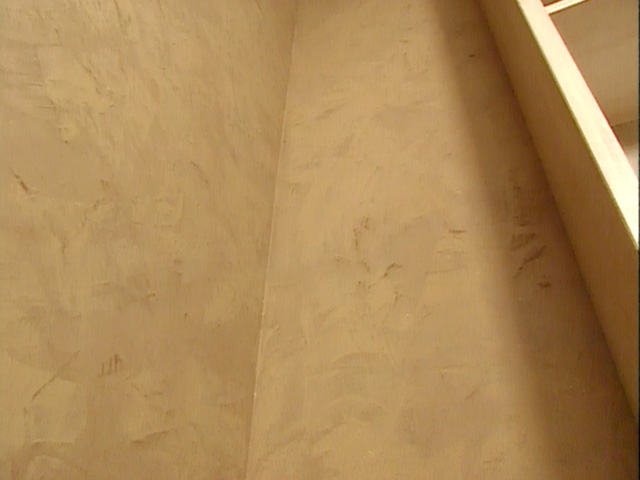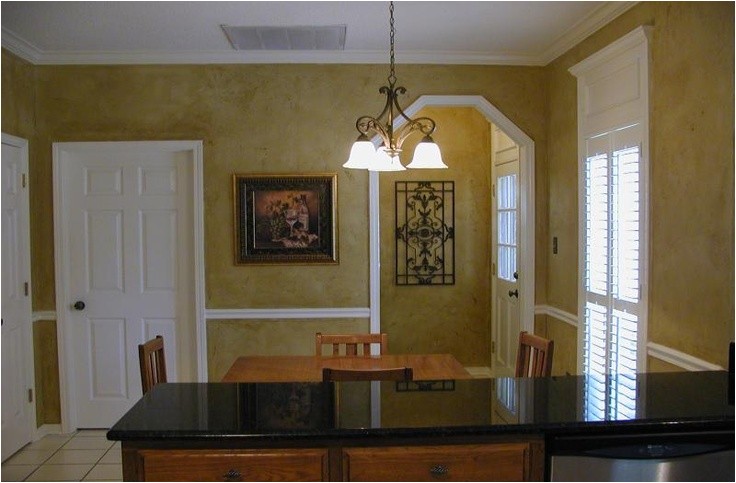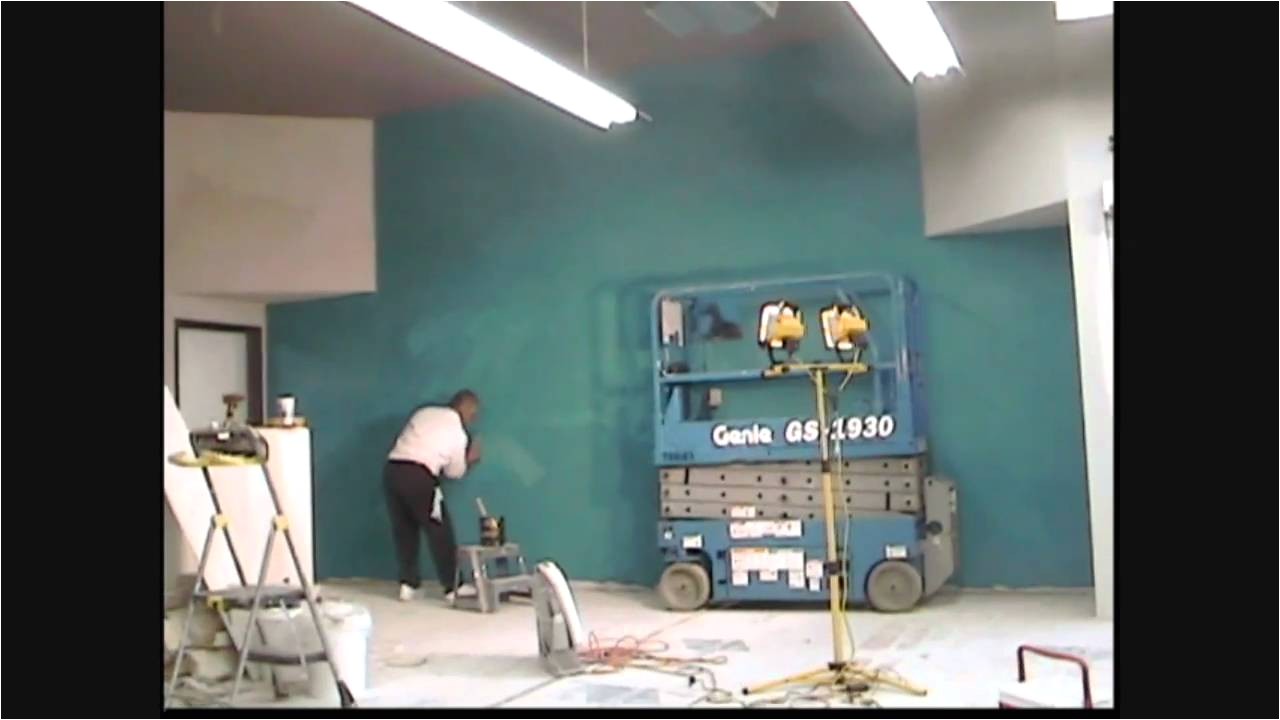
There is also typically not marble in clay plaster, although marble could be added for shine in some cases. The main difference between Venetian plaster and clay plaster is that it is using clay as the putty versus lime. These differences will give a variety of final looks, from shiny to matte.Įxplore different Venetian plasters and other plaster products with our video playlist. They generally differ based on how coarse or fine the marble dust added is. There are many types of Venetian plaster. It will take practice to learn the correct techniques to apply plaster with a trowel, so we’d recommend watching videos and then practicing on boards before your actual wall. While more challenging to apply than simply painting, DIYers or those comfortable tackling home projects themselves can learn to apply plaster. Typically used on walls, it can also be used floor to ceiling, including fireplaces, floors, showers, countertops, backsplashes, and more. Venetian and polished plaster can be used in a variety of settings.

Further, because of its porous nature, Venetian plaster regulates humidity and absorbs carbon dioxide. Applying stone on your wall also provides a layer of insulation and anti-flammable properties. Additionally, Venetian plaster has a naturally high PH level giving it an antibacterial surface, prohibiting mold and fungus growth. It also is low VOC, meaning Volatile Organic Compounds. Made from limestone and marble, it is considered eco-friendly as it is mostly made from natural materials. Venetian plaster is also considered a sustainable wall finish. From smooth to textures, glossy to matte, you can do a lot with it, depending on what you like. There are also a variety of looks that can be achieved. Considered a lifetime finish, it requires no reapplication and should last the lifetime of a home. Depending on how it is applied, it can give a unique look to your home without being obtrusive.

Firstly it adds a timeless look that paint cannot offer. Lately, plaster continues to be seen in interior design trends, from Jersey Ice Cream Co to Studio McGee and Ikea. You also see this used in smaller-scale settings by using plaster as an accent, such as a single wall, fireplace, or range hood. Because it is labor-intensive, plaster is considered a higher-end finish, being used in more upscale and luxury settings. Today you see plaster used in various ways, including homes and kitchens, residential spaces, and even commercial properties like shopping centers. Modern plaster builds upon its history while making it easier to apply and using fewer coats. Although modern Venetian and polished plasters only require a couple of coats, plaster back in the day would have consisted of many more. By grinding up marble and using limestone putty, they were able to mimic the look of their traditional building materials while making the structure lighter. They needed a way to make wall coverings lighter because their houses were on the water and the typical building materials at the time were solid marble or stone. That said, it became popular in the Roman Empire.

Some say that it can be traced all the way back to the first century in Mesopotamia.

Although the term Venetian or polished plaster has had many different definitions over the years, today, it generally refers to a collection of plasters all mimicking plasters from Italy. It is used as a decorative finish for walls, ceilings, and other surfaces such as fireplaces, range hoods, and more. Venetian plaster is typically a lime-based plaster with marble.


 0 kommentar(er)
0 kommentar(er)
